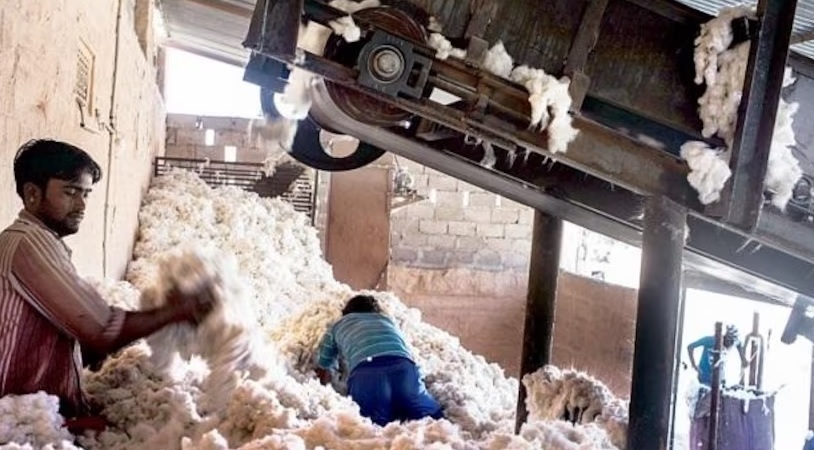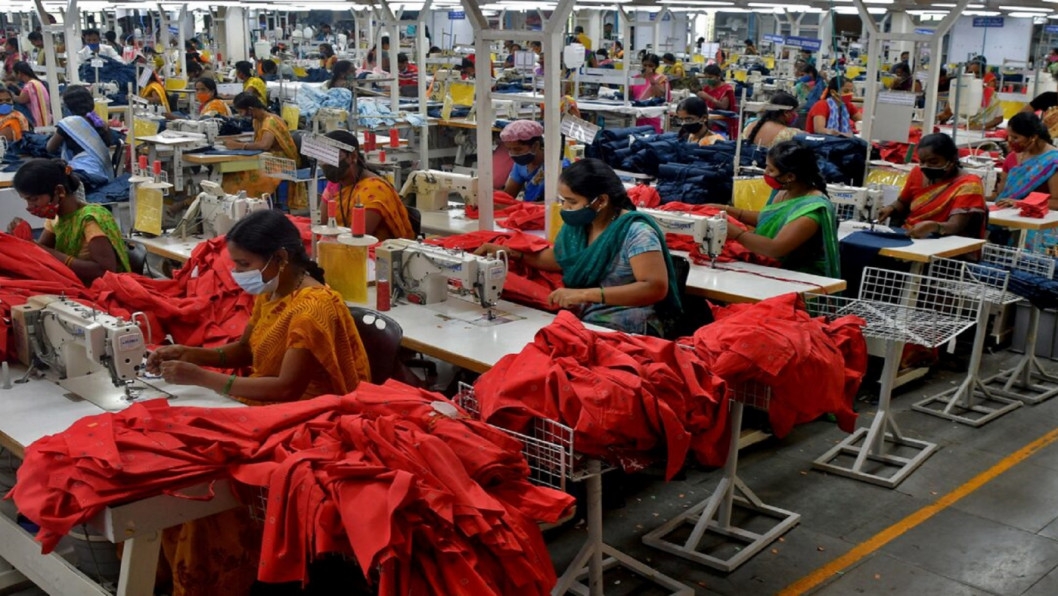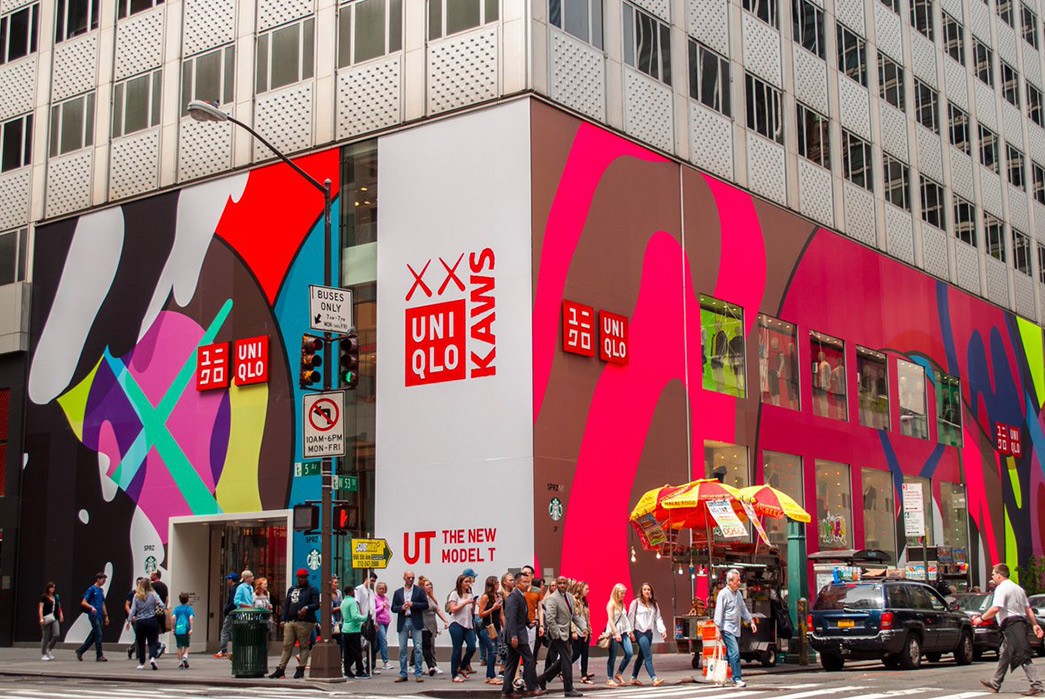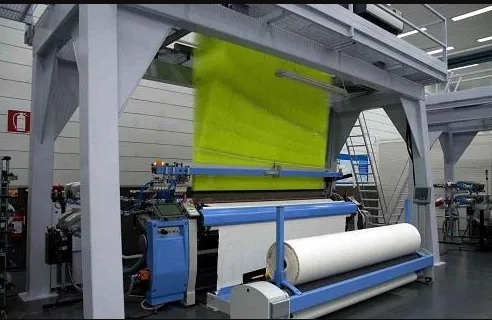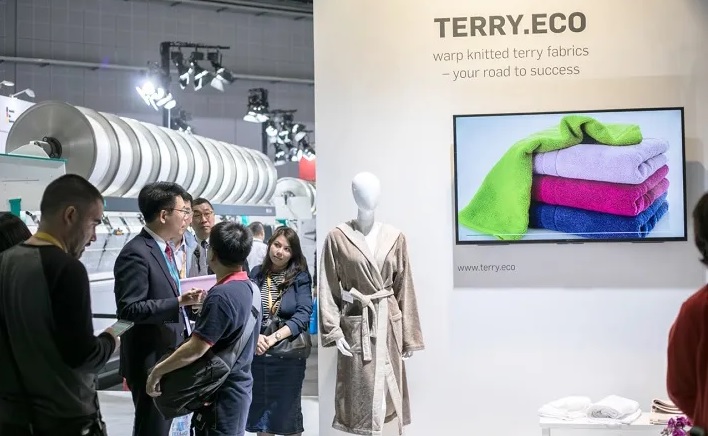
In a new move, the government has extended the implementation of the Quality Control Order (QCO) on cotton yet again, now expected to take effect from August 2025. This decision underscores the complexities surrounding QCO implementation and its diverse impact on different segments of the Indian textile industry. This deferment is in response to opposition from the country's ginning sector, which is unable to meet the stringent quality standards set by the Bureau of Indian Standards (BIS).
The QCO, designed to improve the quality of cotton exports, requires ginning units to invest in modern machinery to meet specifications for moisture, trash, and other factors. However, many of these units are small and medium-sized enterprises that struggle to afford these upgrades. While QCOs on polyester, viscose fiber, and other synthetic products are already in place, the repeated deferrals for cotton highlight the unique challenges faced by this natural fiber.
QCO on cotton, a delayed reality
The QCO on cotton, initially planned for 2023, has been repeatedly postponed, reflecting strong opposition from the ginning industry, largely composed of Micro, Small, and Medium Enterprises (MSMEs). The stringent quality standards mandated by the QCO necessitate substantial investments in modernization, are a hurdle for many MSMEs.
Experts say, QCO on cotton is a good move but its implementation needs to be gradual and supportive of MSMEs. They feel, the government should provide financial assistance and technological support to enable ginning units to upgrade their facilities
It may be recalled, the Cotton Association of India (CAI) and other industry groups had petitioned the government to delay the implementation of the QCO, arguing that a gradual rollout would be more feasible. The government has now agreed to this approach, postponing the effective date to August 27, 2025. This extension provides the ginning industry with additional time to modernize their operations and comply with the QCO's requirements. It also raises concerns about the long-term sustainability of the industry and the potential impact on India's cotton exports.
Impact on imports from China
In fact, this delay in implementation has created a contrasting scenario where QCOs on synthetics are already operational, while cotton remains exempt. The QCOs on synthetics have led to a notable decline in imports, particularly from China. This decline is attributed to the stringent quality standards and the requirement for Bureau of Indian Standards (BIS) certification for imported inputs. The following table provides a snapshot of the import trend:
Table: QCQ’s impact on synthetic imports
|
Import item |
Pre-QCO import volume (2022-23) |
Post-QCO import volume (2023-24) |
Change |
|
Polyester Staple Fibre (PSF) |
150,000 tonnes (approx.) |
90,000 tonnes (approx.) |
-40% |
|
Viscose Staple Fibre (VSF) |
80,000 tonnes (approx.) |
50,000 tonnes (approx.) |
-37.50% |
Meanwhile, the absence of a QCO on cotton has resulted in a relatively stable import trend from China. However, the impending implementation in 2025 is likely to disrupt this trend.
Impact on India's export competence
While QCOs aim to improve product quality, the increased cost of raw materials due to limited imports and the complexities of BIS certification have impacted the competitiveness of Indian synthetic textile exporters. As experts opine, the QCOs have pushed the synthetic sector towards better quality, but the cost implications are significant. Result: India is losing ground in price-sensitive markets.
However, the current scenario, with no QCO on cotton, offers a temporary advantage to Indian cotton exporters. However, the looming implementation of QCO raises concerns about potential cost escalations and their impact on export competitiveness.
Impact on prices
The reduction in imports and high compliance costs has led to a rise in synthetic fiber prices.
Table: Rising price of synthetics
|
Fiber type |
Pre-QCO price (Rs/kg) (Jan 2023) |
Current price (Rs/kg) (Aug 2024) |
Change |
|
Polyester Staple Fibre (PSF) |
120 |
150 |
+25% |
|
Viscose Staple Fibre (VSF) |
180 |
220 |
+22.2% |
Source: Textile Commissioner’s Office
Interestingly, cotton prices have remained relatively stable due to the absence of a QCO. However, the anticipation of its implementation has led to some speculative price increases.
The implementation of QCOs highlights a critical juncture for the Indian textile industry. While the intent is to increase product quality and enhance consumer confidence, the diverse impact on cotton and synthetics underscores the need for a nuanced approach. Striking a balance between quality standards and the practical challenges faced by different segments of the industry is imperative.
The government's decision to extend the QCO on cotton provides a window for further deliberation and preparation. The success of QCO implementation hinges on collaborative efforts between the government, industry stakeholders, and technology providers to ensure a smooth transition toward a quality-driven textile ecosystem that fosters both domestic growth and global competitiveness.
Note: Statistics in this article are collated from different sources


